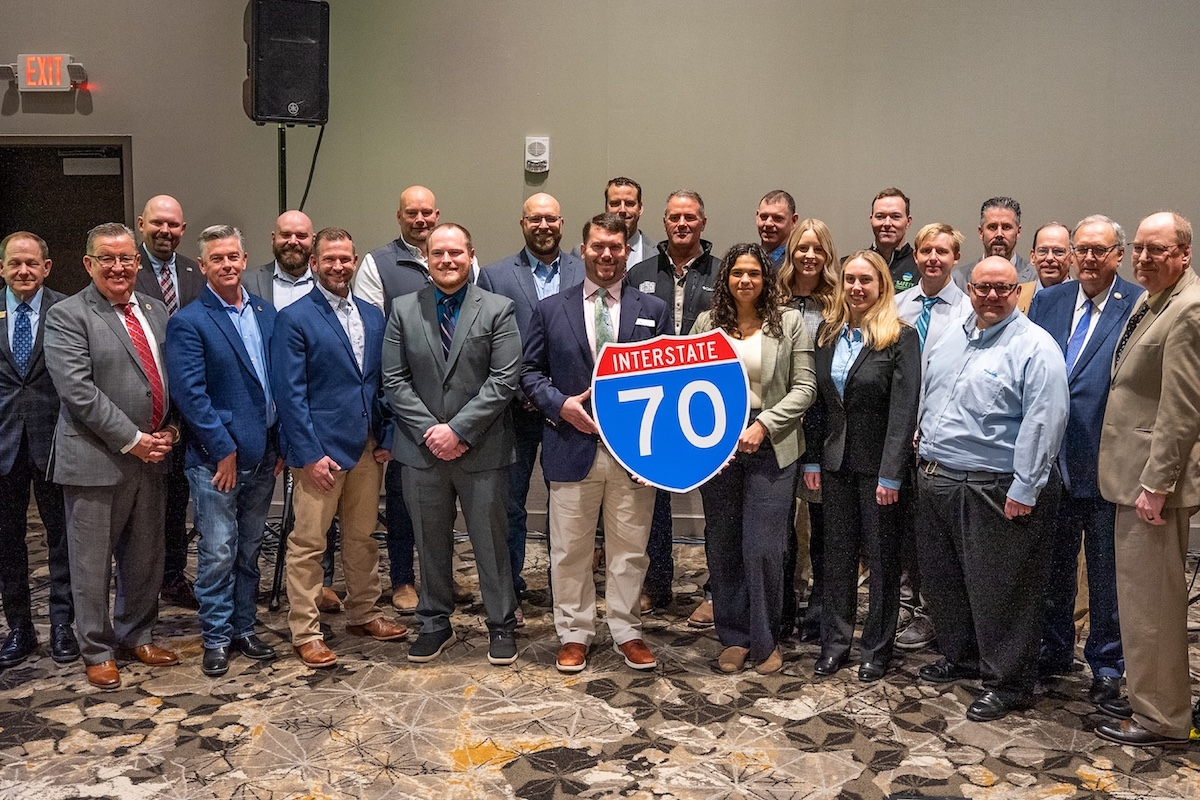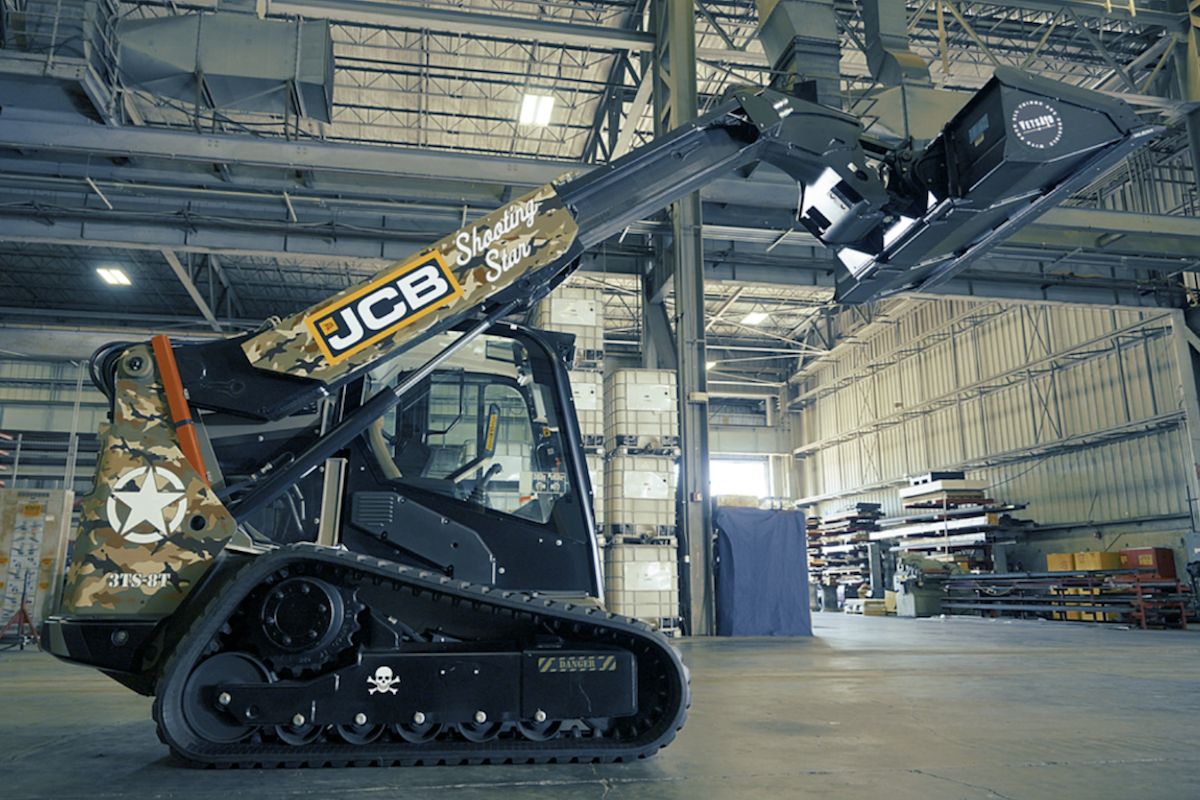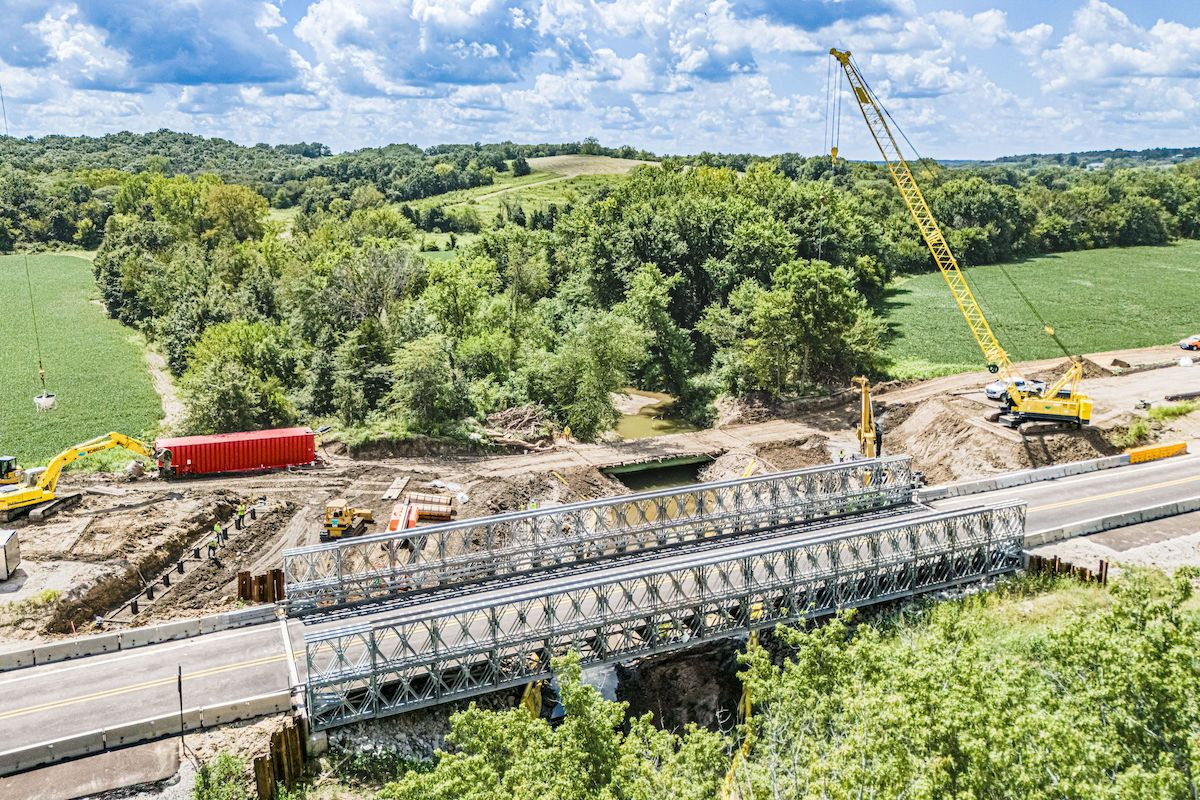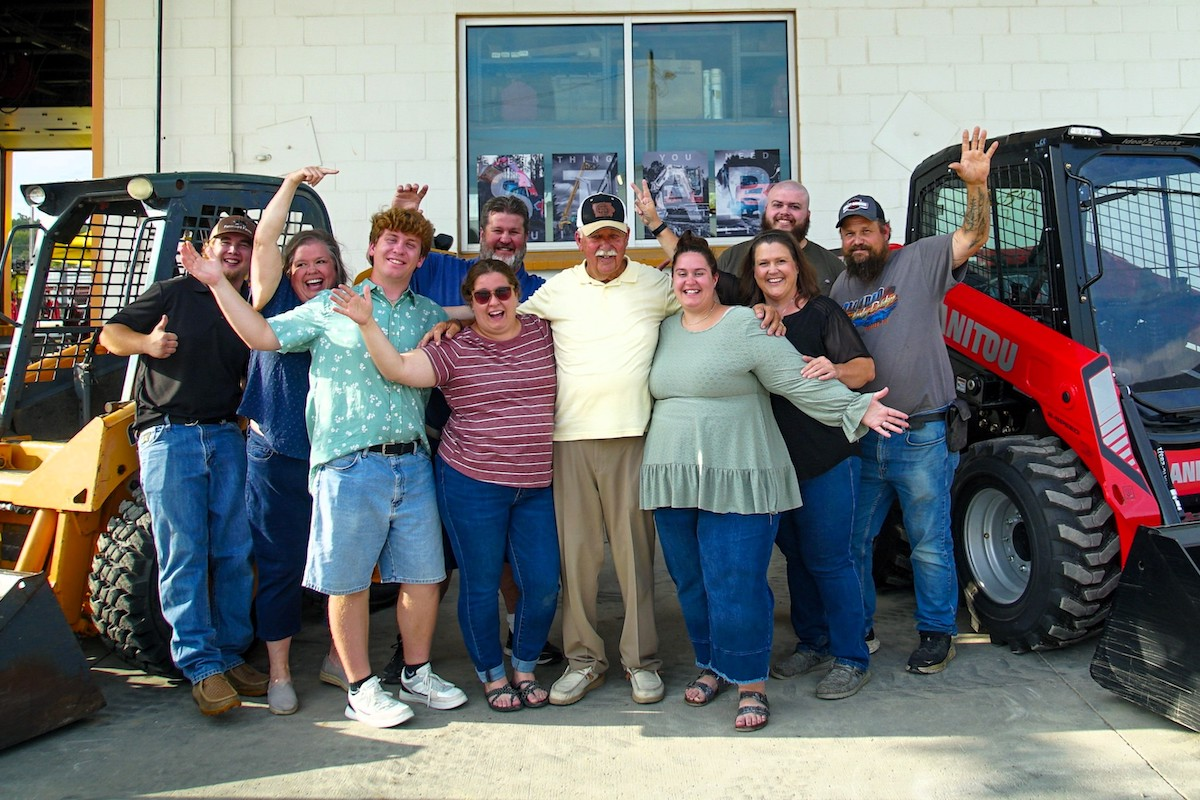“There is a lack of awareness about the serious consequences of extreme heat on our business,” said Monika Serrano, Resilience Project Manager, adding that as the climate changes, outdoor working conditions are also changing, creating urgent concerns about outdoor worker safety and health.
“We are recording increasing summer temperatures around the globe and the trend is expected to continue,” she said. “In fact, according to the Fifth National Climate Assessment released this year, the planet is on average about 2 degrees Fahrenheit warmer than it was in the late 1800s, and rising. That might not sound like a big difference, but it is, and does not take into account the extreme heat waves over shorter intense periods that contribute to that average. Indeed, as Climate Central’s Climate Shift Index illustrates so well, a small change in the average leads to big changes in extremes.”
According to Serrano, the answer starts with a deeper understanding of how these changes to the environment affect us and our business. “As part of our focus on creating an ever-more adaptable, resilient, and sustainable built environment, it is critical that we think about our people. We need research and data to promote awareness and ultimately to drive development of policy, protocols, and procedures to keep workers safe — while also keeping our industry functioning,” she said. “If we want to keep building, we have to adapt.”
The team undertook the study in collaboration with a group of researchers from the University of New Mexico, Indiana University, and La Isla Network, an organization that studies the effects of heat on workers to ensure the prevention of heat-related illnesses including early mortality due to heat stroke and potential long-term outcomes like chronic kidney disease.

| Your local Gomaco dealer |
|---|
| Fabick CAT/MO |
| Road Machinery and Supplies Company |
The researchers monitored 33 workers for a full day in the summer, using heart rate monitors and other devices to collect physiological data such as internal body temperature, hydration level, and heart rate. Researchers also connected with workers at the end of the workday to gather perceived-related data about how hot and tired they felt.
“The night before, each of the subjects swallowed a data collection device the size of a pill, which stayed in their body for 24 hours measuring internal body temperature and allowed the researchers to continuous[ly] monitor and track the internal body temperature,” Serrano said. “We were pleasantly surprised we were able to find enough participants. The credit goes to the Turner project team, who were extremely proactive throughout the whole process, and to the subs who shared their time and experience with us.”
“Our findings reveal that 43 percent of workers experienced a peak core temperature exceeding 100.4 degrees Fahrenheit, with 4 percent exceeding 101.3 degrees Fahrenheit, even in conditions that [were] cooler than typical summer conditions,” reported Fabiano Amorim and Zachary Schlader, the lead researchers of the pilot study. “Although these numbers are not alarming, if the measured elevations in body temperature were prolonged, permanent health effects could result. The findings demonstrate that in periods of extreme hot weather, such as during heat waves, construction workers are at substantial risk of heat-related health issues. This research emphasizes the urgent need for strategies to protect the health and safety of construction workers.”





































































